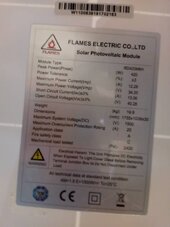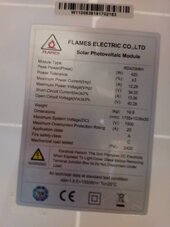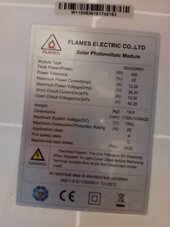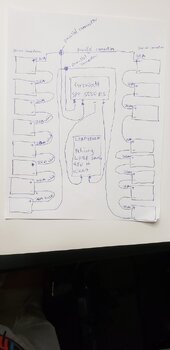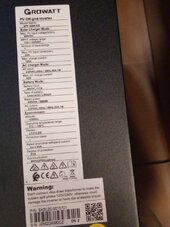talk2abs
New Member
Hi People, i just got a delivery of system below
1. Growatt SPF 5000 ES (5kva) (1pc)
2. Solar Panel details (420W (+3), Max Imp 12.28A, Max vmp 34.20V, Short circuit 13.06A (+3), Open Voc 40.28V (+3)) (16pcs) (fuse at 20A)3. Felicity Battery 10KVA
3. LPBA48200-H (1pc)hope that help to advise on the right configuration to maximize the system.
I'm wondering what will be best configuration to maximize the use of this system, i did watched a video of 2S2P (4 solar panel) system and that looks good, but how do i expand that to 16 Panels ?, any diagram or video of how to wired it would be helpful, thank yo so much, a Newbie here
1. Growatt SPF 5000 ES (5kva) (1pc)
2. Solar Panel details (420W (+3), Max Imp 12.28A, Max vmp 34.20V, Short circuit 13.06A (+3), Open Voc 40.28V (+3)) (16pcs) (fuse at 20A)3. Felicity Battery 10KVA
3. LPBA48200-H (1pc)hope that help to advise on the right configuration to maximize the system.
I'm wondering what will be best configuration to maximize the use of this system, i did watched a video of 2S2P (4 solar panel) system and that looks good, but how do i expand that to 16 Panels ?, any diagram or video of how to wired it would be helpful, thank yo so much, a Newbie here
Attachments
Last edited:



